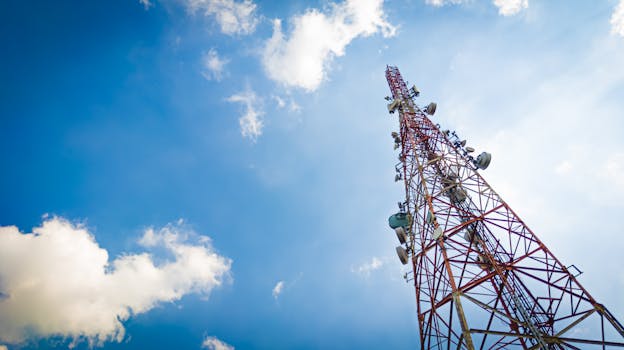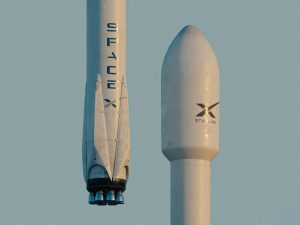LEO Satellites: Revolutionizing Global Connectivity with WordPress

LEO Satellites: Revolutionizing Global Connectivity with WordPress
LEO satellites, or Low Earth Orbit satellites, are a type of satellite that orbits the Earth at an altitude of around 160 to 2,000 kilometers. These satellites have been gaining popularity in recent years due to their ability to provide high-speed, low-latency internet connectivity to remote and underserved areas.
The use of LEO satellites is becoming increasingly important for global connectivity, and WordPress is playing a key role in this revolution. With the help of LEO satellites, WordPress can now be used to create and manage websites, blogs, and other online content from anywhere in the world, regardless of the availability of traditional internet infrastructure.
How LEO Satellites Work
LEO satellites work by orbiting the Earth at a low altitude, which allows them to provide high-speed internet connectivity to a wide range of areas. These satellites use a network of ground stations and satellites to transmit and receive data, and they can provide internet connectivity to areas that are not served by traditional internet infrastructure.
One of the main advantages of LEO satellites is their low latency, which is the time it takes for data to travel from the user’s device to the satellite and back. This low latency makes LEO satellites ideal for applications that require real-time communication, such as video conferencing, online gaming, and remote healthcare.
The Impact of LEO Satellites on Global Connectivity
The impact of LEO satellites on global connectivity cannot be overstated. These satellites have the potential to provide high-speed internet connectivity to billions of people around the world who currently lack access to the internet. This can have a profound impact on economic development, education, and healthcare, and can help to bridge the digital divide between developed and developing countries.
In addition to providing internet connectivity, LEO satellites can also be used for a wide range of other applications, such as Earth observation, weather forecasting, and navigation. These satellites can provide high-resolution images of the Earth’s surface, which can be used for applications such as crop monitoring, disaster response, and environmental monitoring.
WordPress and LEO Satellites
WordPress is playing a key role in the LEO satellite revolution by providing a platform for creating and managing online content from anywhere in the world. With the help of LEO satellites, WordPress users can now create and manage websites, blogs, and other online content from remote and underserved areas, regardless of the availability of traditional internet infrastructure.
This has the potential to democratize access to the internet and provide new opportunities for economic development, education, and healthcare. WordPress is also working to develop new tools and features that are specifically designed for use with LEO satellites, such as optimized caching and content delivery networks.
Conclusion
In conclusion, LEO satellites are transforming the way we communicate and access information, and WordPress is at the forefront of this revolution. The use of LEO satellites has the potential to provide high-speed internet connectivity to billions of people around the world, and can have a profound impact on economic development, education, and healthcare. As the LEO satellite industry continues to grow and evolve, it will be exciting to see the new opportunities and innovations that emerge.


